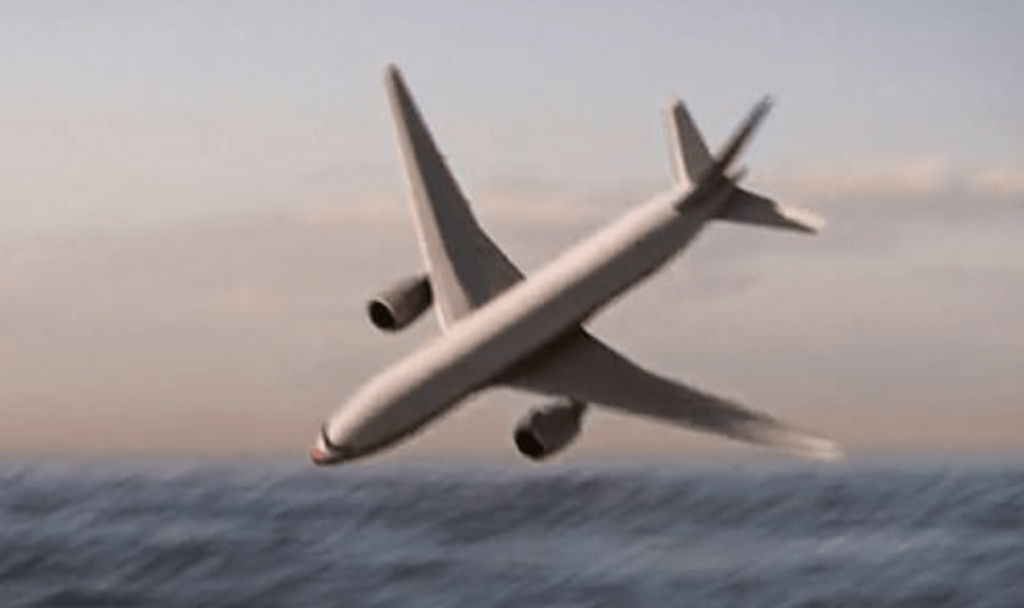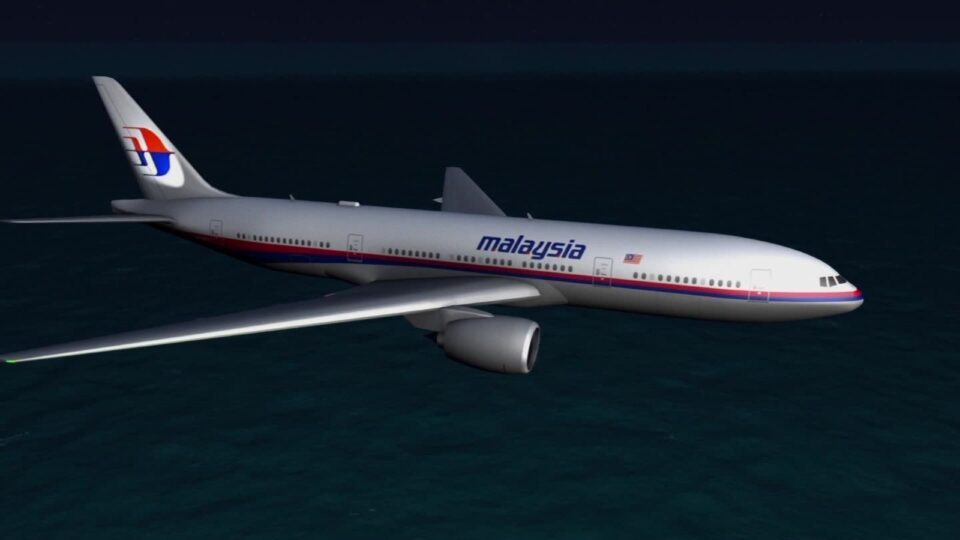Netflix’s “MH370: The Aircraft That Disappeared” series synopsis
The aviation community has differing views about the miniseries.

An incredibly well-liked three-part documentary series from Netflix was published to coincide with the 9th anniversary of the loss aircraft MH370. In fact, it is the most watched TV show on the streaming service this month, proving how popular it is. The aviation industry has expressed its significant disapproval of the series over airtime given to improbable notions. Easy Flying has outlined what to anticipate from the three-part documentary if you haven’t watched the show yet and aren’t sure if you want to.
The three separate episodes
The three episodes of the miniseries each explore a different theory as to what might have happened to the plane, whose ultimate position has never been identified with certainty. Even though some of the hypotheses are absurd, the series does a fantastic job of examining both sides of each and examining the evidence that both supports and refutes each. The series is ultimately not for everyone, and some have questioned why the second and third ideas received so much attention in online discussion groups.
the opening episode

The series’ first episode differs slightly from the other two. In addition to examining one potential explanation, it also has to provide background information for readers who may not be aware with the specifics of MH370.
Jeff Wise, who according to him has been “following the case avidly” for the previous nine years, introduces the episode. The first two episodes’ main focus is on Wise, who explains the first two theories. Family members of the victims and even Fuad Sharuji, who served as Malaysia Airlines’ Crisis Director for both MH370 and MH17, which happened four months later, are additional important elements of the episodes.
As the first episode progresses, it depicts the day-by-day progression of the MH370 disappearance, including the first search in the South China Sea, the discovery that the plane had flown back over Malaysia, and the Inmarsat discoveries that indicate it terminated in the Indian Ocean. The only little issue we have with this episode is that, as footage of MH370’s taxi and takeoff is being shown, footage of a Boeing 737 taxiing is displayed before footage of an Airbus A330 taking off. A Boeing 777 was the plane that flew MH370.
After providing background information on the MH370 case, Episode 1 discusses the likelihood that Zaharie Ahmad Shah, the pilot of MH370, purposefully piloted the aircraft into the Indian Ocean and the measures he would have had to take to accomplish this.
The final assessment from the Malaysian government claims that the aircraft stopped in the Indian Ocean, and this explanation is usually regarded as the most plausible. The program emphasizes that Zaharie is not charged in the third episode of the final report.
Sequel: The Hijack
Four months after MH370 vanished, the second episode of the series opens with the shooting down of MH17. Wise then offers a notion that suggests the two incidents might be connected. According to this theory, three “ethnically Russian guys” would have collaborated to secretly get access to the Boeing 777’s electrical bay, which is accessible from the first class cabin.
Then he proposes that after the jet had been electronically taken over, it was flown north to Kazakhstan. One explanation offered for the hypothesis was that Russia desired for the public attention to be diverted from its invasion of Crimea by focusing on a missing aircraft.
There are several reasons why this might not be the case. First, MH370’s wreckage has come ashore on Africa’s east coast. In the third episode, Wise makes the possibility that something was planted while also offering a different origin idea. Inmarsat data showing that MH370 went down to the Indian Ocean is another issue. According to Wise, the hijackers might have spoofed this. Then-VP of Satellite Operations at Inmarsat, Mark Dickinson, makes the following observation:
The Intercept, third episode
In the third installment of MH370: The Aircraft That Disappeared, Wise makes way for Florence De Changy, a French author and investigative journalist, who presents a theory that the plane may have been shot down by the US military because of some questionable goods on board.
De Changy thinks that the plane actually did crash into the South China Sea as originally believed. She notes that only one of the 12 serial numbers on the wreckage piece that matched MH370 has been certified to be from the jet, and that piece was discovered on the east coast of Africa (Note that the official report on the accident shows that three items found have been confirmed to come from MH370).
She makes the crucial observation that the piece’s identification plate was missing. She and Wise both make the argument that most of the fragments, which were discovered by a man by the name of Blaine Gibson, are unreliable. The report lists “Lithium Ion batteries-walkie-talkie accessories & chargers” as one of the cargo kinds. The report goes on to say that this cargo was not examined at the airport before being loaded but was instead visually and externally assessed by MASkargo and customs employees before departing its origin. According to De Changy, this package may have included sensitive technology that the US did not want China to obtain.

Then, it is claimed that two American Boeing AWACS aircraft intercepted MH370 and jammed its communications as it vanished. A request to land right away is disregarded by Captain Zaharie. The plane gets shot out of the sky over the South China Sea as it enters Chinese airspace. The coverup that ensues is masterminded by all the participating governments in the probe. De Changy concludes her theory by saying,
“I’ll be the first to admit that it seems exceedingly improbable and that there are still some untied threads. But I think I’m far closer to the truth than the official story is, I think. The most crucial aspect of my job has been proving that the official story is a lie.”
An outline
Even though some of the documentary’s claims seem a touch improbable, we think it does a decent job of examining both sides of each theory in a manner that some other aviation-themed Netflix films haven’t. Although you may wish to take it with a grain of salt, we would suggest it to anyone with an interest in aviation as well as those with a general interest in such documentaries. With regards to the official account of the disappearance of MH370? It reads,




